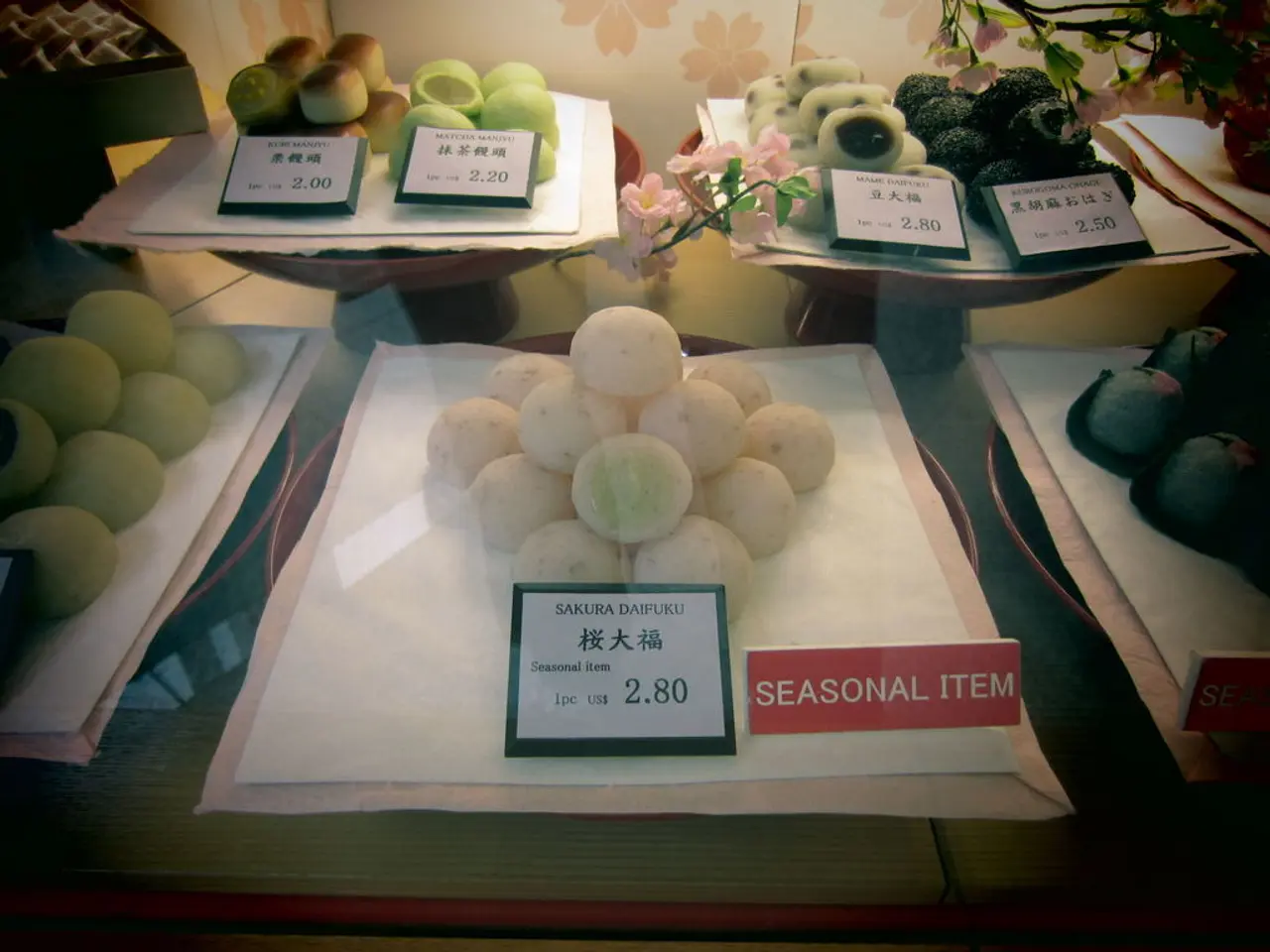Divergence between a shift in demand and a fluctuation in quantity demanded explained:
In the realm of economics, understanding the factors that influence demand is crucial. These determinants help explain why consumers choose certain products and how their preferences change over time. Here are six key non-price factors that shape demand curves:
- Consumer Income
- When income rises, demand for normal goods increases, while demand for inferior goods decreases. For instance, more people dining out (a normal good) and fewer buying instant noodles (an inferior good) when income rises.
- Tastes and Preferences
- Changes in consumer tastes due to trends, advertising, health information, or fashion can increase or decrease demand. Higher demand for gym memberships and protein shakes, for example, might be driven by a fitness trend.
- Price of Related Goods
- Including substitutes and complements, the price of a good's counterpart can significantly impact demand. If the price of tea rises, demand for coffee (a substitute) might increase. Conversely, if the price of a mobile phone drops, demand for accessories (complements) increases.
- Expectations of Future Prices
- Consumers' expectations about future prices can influence current demand. If consumers expect prices to increase in the future, they may buy more now, shifting the demand curve to the right.
- Population and Demographics
- Changes in population size or composition affect demand levels. An increase in population generally increases demand, while demographic shifts (such as aging) influence the types of goods demanded. For example, more elderly people may increase demand for healthcare products.
- Government Policies and Other Factors
- Government actions, advertising, income distribution, and sometimes seasonal/weather changes can affect demand. Government subsidies on a product, for instance, may increase demand, while demand for raincoats rises during rainy seasons even if prices remain constant or increase.
These factors cause shifts in the demand curve, distinguishing them from price changes, which cause movements along the curve. Understanding these determinants is crucial because they help explain demand changes that are not directly linked to the product's price.
For example, if consumers expect prices to increase in the future, they may increase their purchases now, shifting the demand curve to the right. Conversely, a decrease in the price of a complementary good can shift the demand curve for the other to the right. Luxury goods have an income elasticity of more than 1, meaning their demand responds more to changes in income than necessities, which have an income elasticity of more than 0 but less than 1.
In summary, these six non-price determinants of demand play a significant role in shaping consumer choices and preferences. By understanding these factors, economists can better predict and respond to changes in demand.
Investing in a business may be influenced by factors such as consumer income, tastes, and expectations of future prices. For instance, when income rises, demand for goods and services offered by the business might increase, while declining for similar, less expensive options. If consumers anticipate prices to escalate in the future, they may purchase more of the product now, leading to a rise in demand. Additionally, changes in consumer tastes or fashion trends can significantly affect the demand for the business's offerings.




